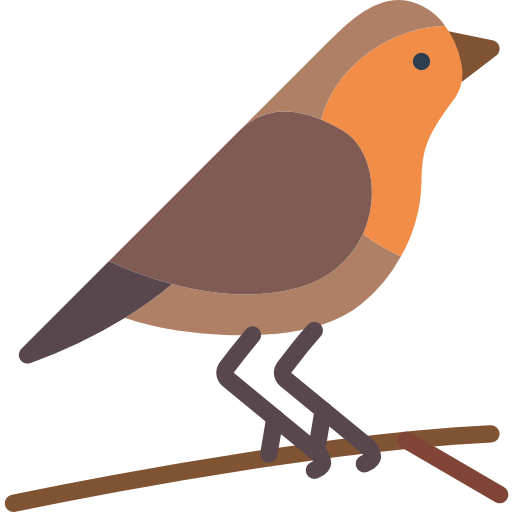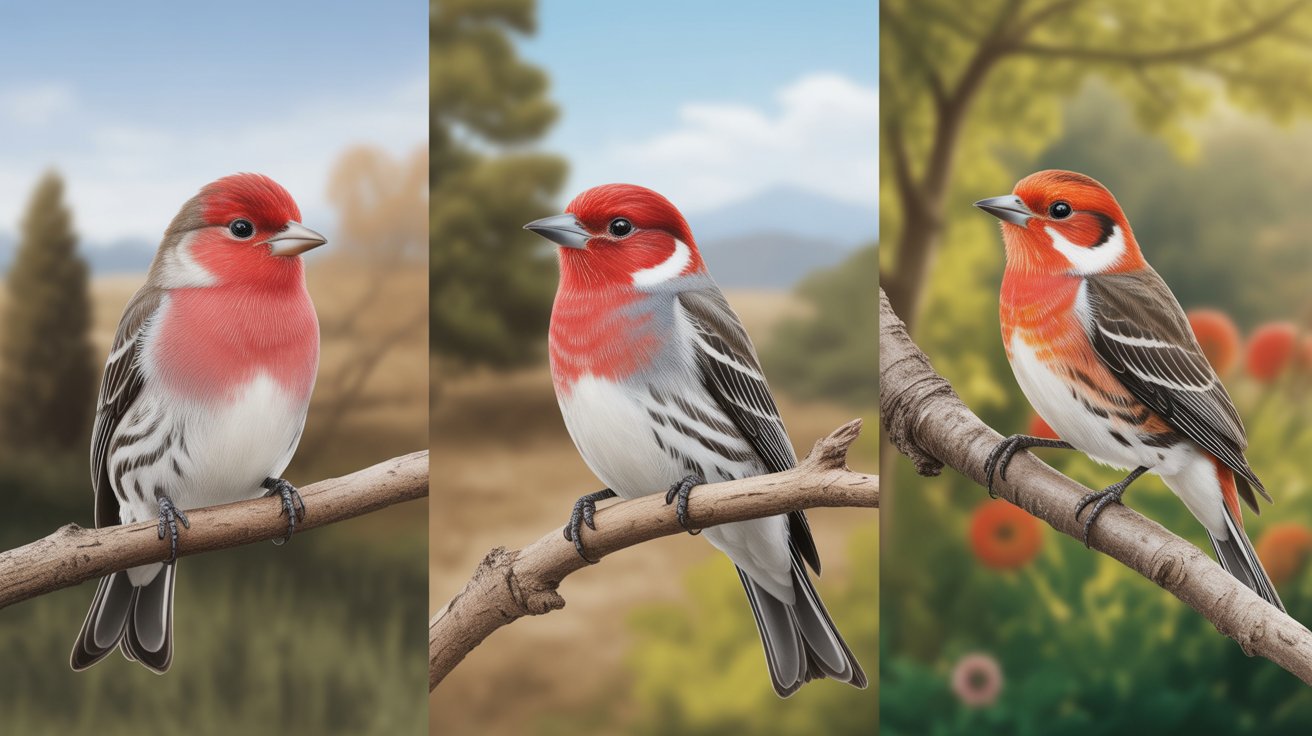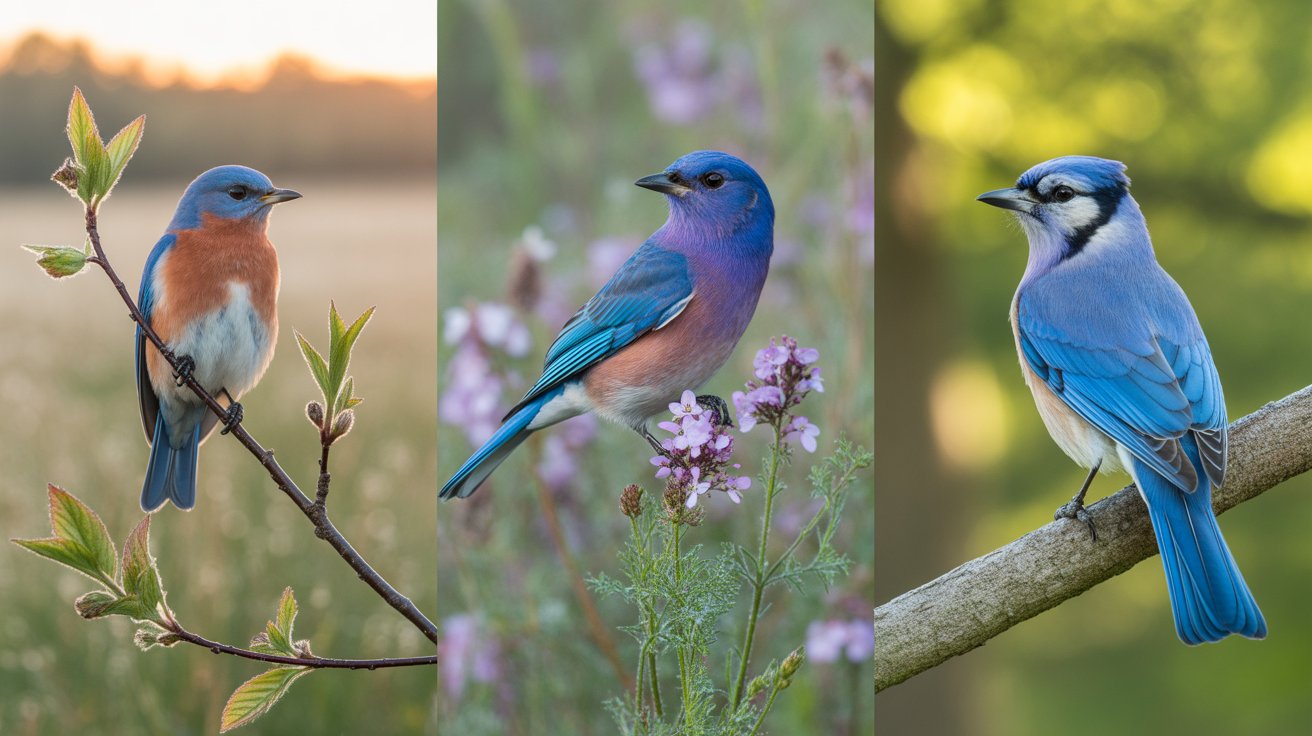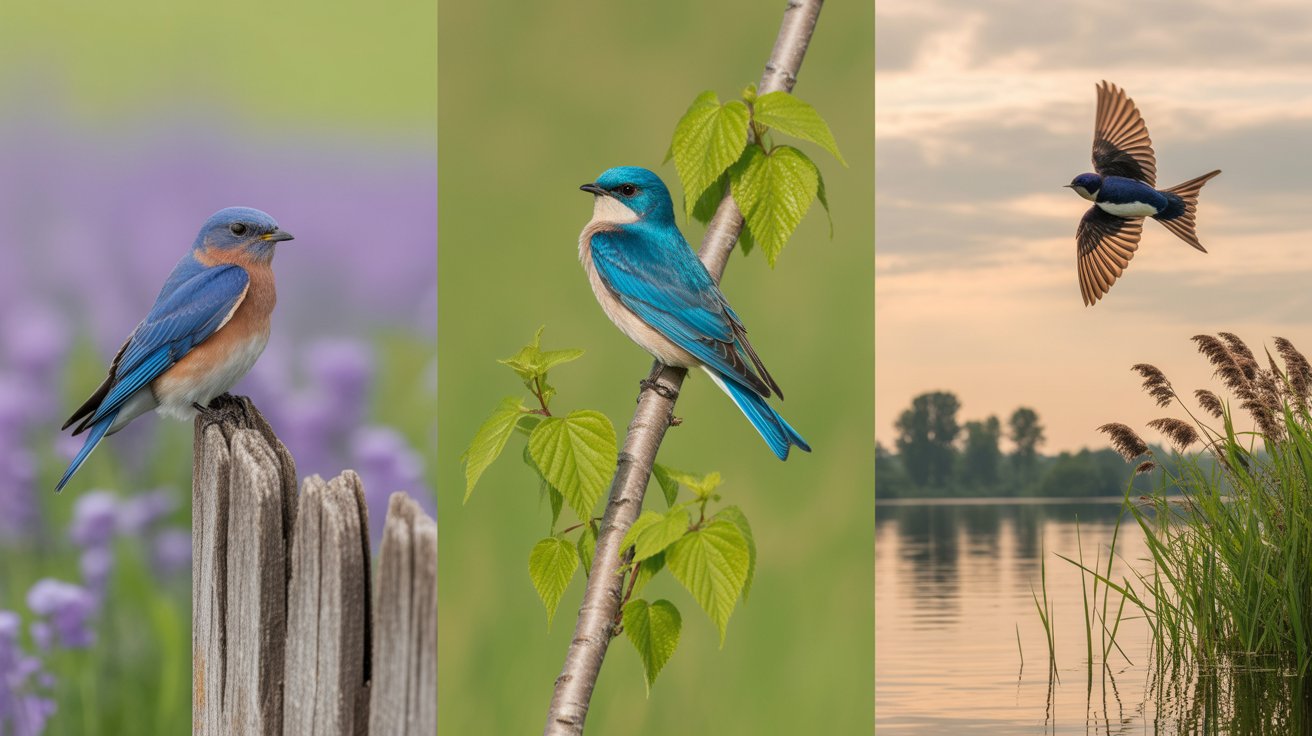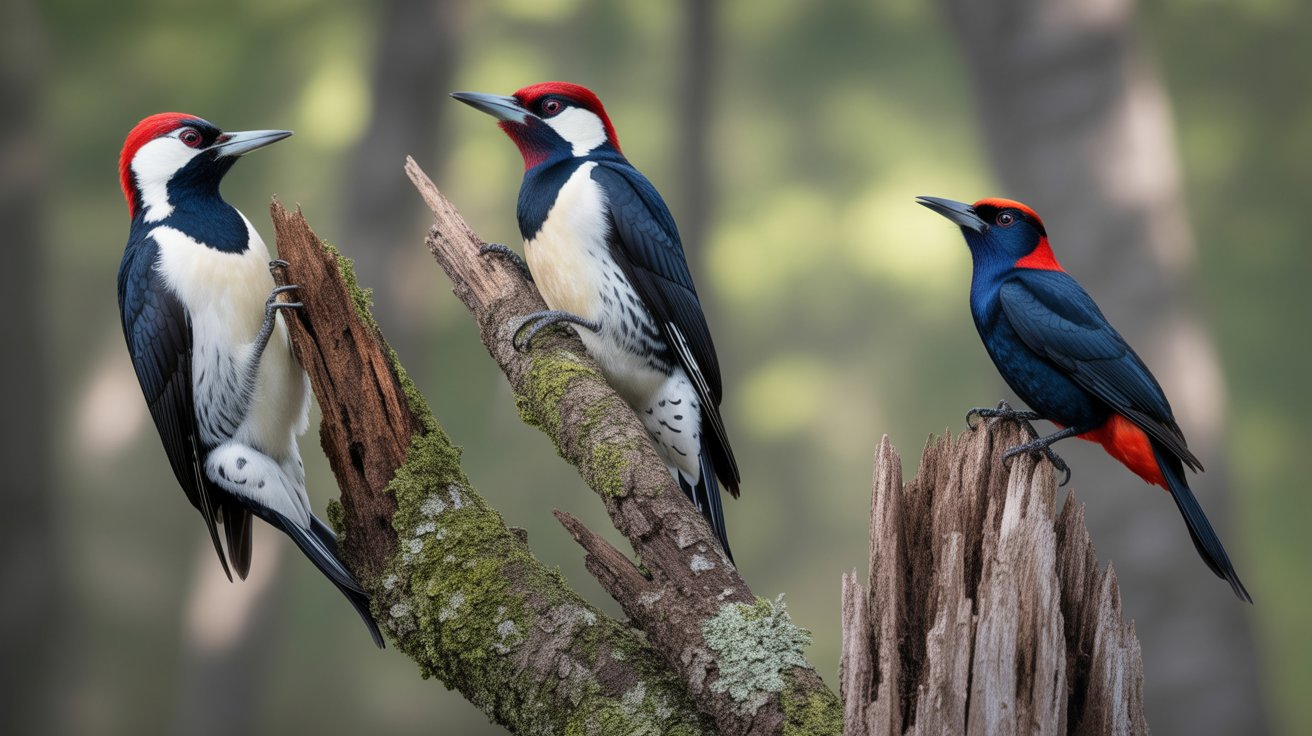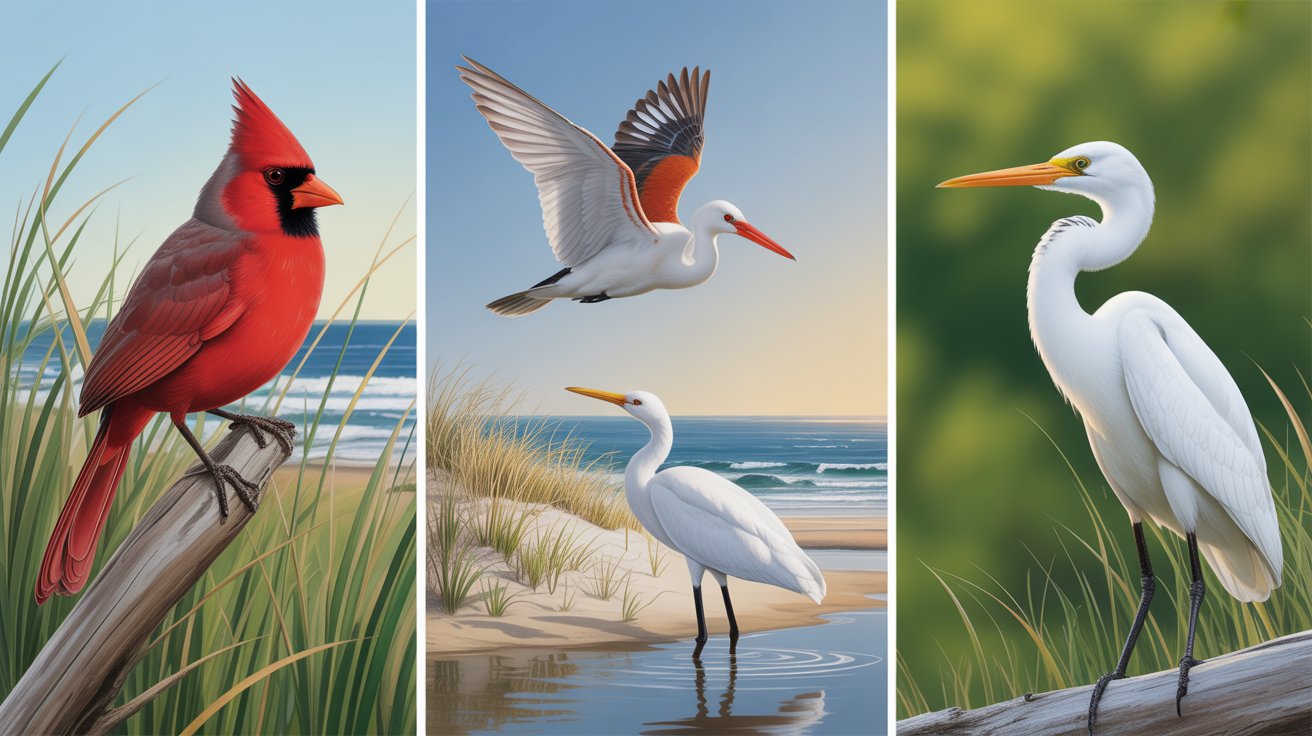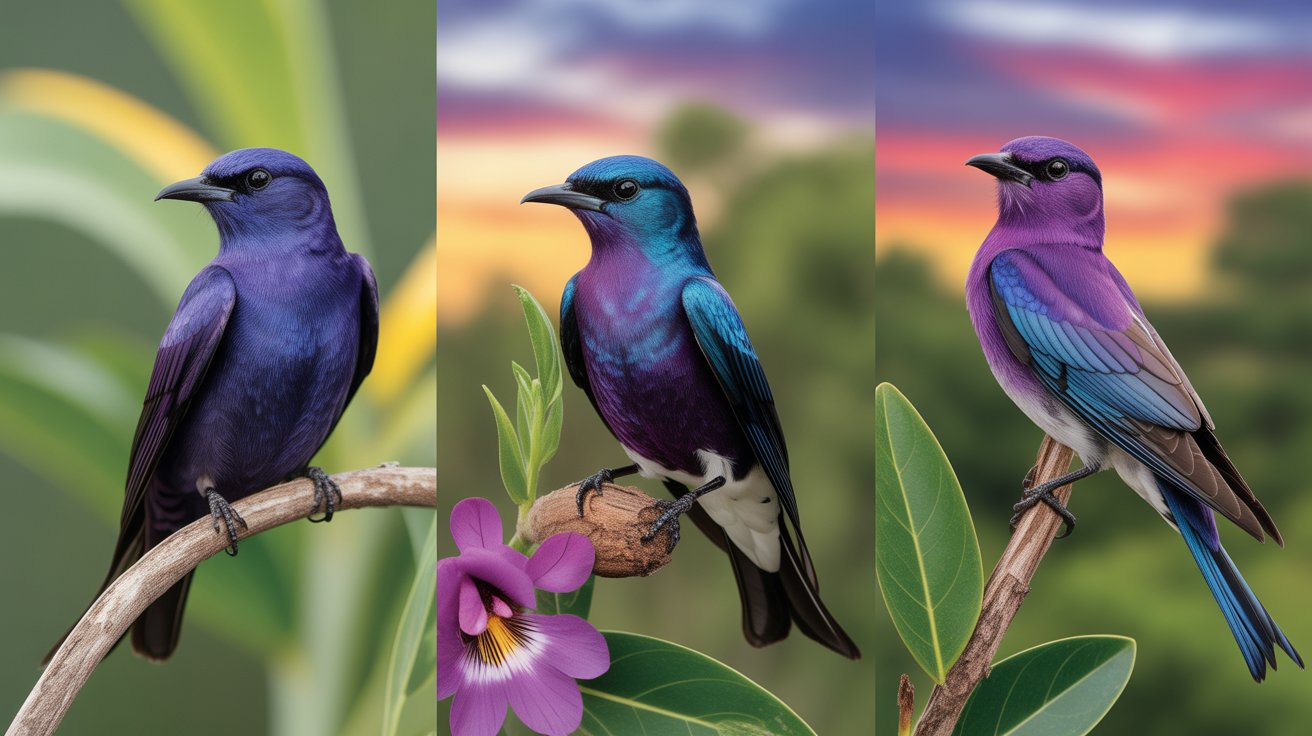Have you ever spotted a flash of bright yellow in the trees, only to notice a striking contrast of bold black wings? Yellow birds with black wings are some of the most eye-catching species you can find in your backyard, local park, or on a birding adventure. These vibrant birds bring a splash of sunshine to any landscape, and watching them can be a joyful experience for anyone, whether you’re an experienced birder or just getting started.
In this article, you’ll discover over twenty unique yellow birds that sport distinctive black wings. Some of these birds are common visitors you might see at your feeder, while others might require a bit of a trek into woodlands, wetlands, or open fields. Knowing how to identify these birds can help you appreciate them more and even attract them to your yard if you provide the right habitat and food.
You’ll learn fun facts about each species, including their scientific names, physical dimensions, and other traits that make them stand out. We’ll break down each bird into short, easy-to-read sections so you can quickly find the information you’re looking for. Whether you want to expand your birdwatching list, teach kids about nature, or simply enjoy nature’s vivid colors, this guide will help you get closer to these stunning yellow and black beauties.
So grab your binoculars, keep your eyes peeled, and get ready to meet these dazzling yellow birds with black wings!
Contents
- 1. American Goldfinch
- 2. Western Tanager
- 3. Yellow Warbler
- 4. Evening Grosbeak
- 5. Black-hooded Oriole
- 6. Common Yellowthroat
- 7. Hooded Warbler
- 8. Yellow-headed Blackbird
- 9. Black-naped Oriole
- 10. Yellow Oriole
- 11. Scott’s Oriole
- 12. Golden Oriole
- 13. Saffron Finch
- 14. Yellow Grosbeak
- 15. Golden-browed Chlorophonia
- 16. Golden Tanager
- 17. Black-lored Tit
- 18. Eurasian Golden Weaver
- 19. Black-backed Yellow Woodpecker
- 20. Yellow-bellied Sapsucker
- Frequently Asked Questions
- Conclusion
1. American Goldfinch
The American Goldfinch is probably the first bird that comes to mind when you think of bright yellow feathers and bold black wings. Often seen perched on thistles and sunflowers, these small songbirds bring life and color wherever they go.
Males are most striking during the breeding season with their vibrant lemon-yellow bodies and jet-black wings and caps. Females are more muted but still sport touches of yellow and darker wings.
These finches are social and often travel in flocks, chattering with a cheerful song that’s just as pleasant as their colors.
Quick Facts:
- Scientific Name: Spinus tristis
- Wingspan: 19–22 cm (7.5–8.7 inches)
- Length: 11–14 cm (4.3–5.5 inches)
- Weight: 11–20 grams (0.4–0.7 ounces)
They’re year-round residents in much of the U.S. but migrate further south in winter. To attract them, plant native thistles or hang nyjer seed feeders — you’ll have a front-row seat to one of nature’s brightest shows!
2. Western Tanager
The Western Tanager is a stunning sight if you’re lucky enough to catch one flitting through pine forests in western North America. Males stand out with brilliant yellow bodies, a fiery red-orange head, and striking black wings with white wing bars.
During the breeding season, these tanagers are active and vocal. They eat insects and fruit, often foraging high in the canopy where their vivid colors make them surprisingly hard to spot amid the leaves.
Quick Facts:
- Scientific Name: Piranga ludoviciana
- Wingspan: 28–30 cm (11–12 inches)
- Length: 16–19 cm (6.3–7.5 inches)
- Weight: 24–36 grams (0.8–1.3 ounces)
If you’re hiking in coniferous forests from Alaska to Mexico, listen for their sharp calls and keep your eyes on the treetops — their bold colors are worth the search!
3. Yellow Warbler
Small but unmistakable, the Yellow Warbler is a lively bird known for its brilliant yellow plumage accented by darker wings and subtle reddish streaks on the chest.
These energetic warblers breed across most of North America and migrate to Central and South America for the winter.
They prefer open woodlands, thickets, and gardens where they flit among branches in search of insects.
Quick Facts:
- Scientific Name: Setophaga petechia
- Wingspan: 16–22 cm (6.3–8.7 inches)
- Length: 10–18 cm (3.9–7.1 inches)
- Weight: 9–11 grams (0.3–0.4 ounces)
Their cheerful “sweet-sweet-sweet, I’m so sweet” song is easy to learn and helps you spot them before you see their sunny feathers!
4. Evening Grosbeak
This chunky, powerful finch is a showstopper with its bright yellow body, massive bill, and striking black wings with white patches. Males are particularly bold, while females are more subdued but still have yellow tinges and dark wings.
Evening Grosbeaks are often seen at feeders during winter when they may show up in large, noisy flocks.
Quick Facts:
- Scientific Name: Coccothraustes vespertinus
- Wingspan: 30–36 cm (12–14 inches)
- Length: 16–22 cm (6.3–8.7 inches)
- Weight: 38–60 grams (1.3–2.1 ounces)
They love sunflower seeds, so fill your feeders and enjoy the splash of yellow against the snowy landscape.
5. Black-hooded Oriole
The Black-hooded Oriole is a dazzling bird found across parts of South Asia. True to its name, it has a vivid yellow body contrasted with a deep black hood, wings, and tail.
These orioles are often spotted in gardens, forests, and plantations where they feed on fruits, insects, and nectar.
Their whistling calls add music to the tropical trees they frequent.
Quick Facts:
- Scientific Name: Oriolus xanthornus
- Wingspan: 25–30 cm (9.8–11.8 inches)
- Length: 23–25 cm (9–9.8 inches)
- Weight: 68–83 grams (2.4–2.9 ounces)
If you live in their range, you can encourage them by planting native fruiting trees.
6. Common Yellowthroat
Despite their small size, male Common Yellowthroats stand out with bright yellow underparts and a distinctive black mask and wings.
You’ll often hear their “wichity-wichity-wichity” song from marshes, wetlands, or brushy fields.
They’re quick, elusive, and usually stay low in dense cover, making them a fun challenge to spot.
Quick Facts:
- Scientific Name: Geothlypis trichas
- Wingspan: 15–19 cm (5.9–7.5 inches)
- Length: 11–14 cm (4.3–5.5 inches)
- Weight: 9–10 grams (0.3–0.4 ounces)
These warblers breed throughout much of North America and migrate to the southern U.S. and Central America for winter.
7. Hooded Warbler
True to its name, the Hooded Warbler sports a striking black hood and throat that contrasts beautifully with its vivid yellow face and underparts.
They thrive in dense understory and shrubby forests of the eastern United States.
Listen for their musical “tawee-tawee-tawee-oh” song during spring and summer.
Quick Facts:
- Scientific Name: Setophaga citrina
- Wingspan: 17–20 cm (6.7–7.9 inches)
- Length: 12–14 cm (4.7–5.5 inches)
- Weight: 9–12 grams (0.3–0.4 ounces)
Creating a bird-friendly yard with native shrubs can attract migrating Hooded Warblers to your space.
8. Yellow-headed Blackbird
Large, loud, and unmistakable, the Yellow-headed Blackbird boasts a brilliant yellow head and breast with contrasting black wings and body.
They breed in wetlands of western and central North America, often nesting in reeds over water.
Males sing a harsh, rusty gate-like song that’s unforgettable once you hear it.
Quick Facts:
- Scientific Name: Xanthocephalus xanthocephalus
- Wingspan: 42–44 cm (16.5–17.3 inches)
- Length: 21–26 cm (8.3–10.2 inches)
- Weight: 44–100 grams (1.6–3.5 ounces)
Look for them perched on cattails or flying in large flocks with other blackbirds and starlings.
Great! Let’s continue with the rest of the birds, then move on to the FAQs and conclusion to complete your detailed, SEO-friendly article on “20+ Yellow Birds With Black Wings.”
9. Black-naped Oriole
The Black-naped Oriole is a stunning songbird found across parts of Asia and Europe. Its bright yellow plumage, black wings, and distinctive black stripe through the eye and nape make it easy to identify.
They prefer open woodlands, gardens, and urban parks where they feed on fruits, insects, and nectar.
Their flute-like calls add a tropical charm to any morning walk.
Quick Facts:
- Scientific Name: Oriolus chinensis
- Wingspan: 40–44 cm (15.7–17.3 inches)
- Length: 24–27 cm (9.4–10.6 inches)
- Weight: 68–84 grams (2.4–3 ounces)
Planting fruiting trees is a good way to attract these beautiful orioles if you live within their range.
10. Yellow Oriole
The Yellow Oriole, found in Central and South America, is another tropical gem with its vivid yellow body and bold black wings and tail.
They’re often seen in open woodlands, gardens, and plantations, where they forage for fruits and insects.
These orioles are also known for their rich, melodious calls that echo through tropical trees.
Quick Facts:
- Scientific Name: Icterus nigrogularis
- Wingspan: 30–35 cm (12–13.8 inches)
- Length: 20–22 cm (7.9–8.7 inches)
- Weight: 35–45 grams (1.2–1.6 ounces)
If you travel in their range, keep an ear out for their sweet songs.
11. Scott’s Oriole
Scott’s Oriole is a striking bird of the arid American Southwest. The males have bright yellow underparts and a contrasting black head, back, and wings.
They’re often found in desert foothills and open woodlands where yucca plants grow, as they use these for nesting.
Their beautiful, whistling songs are often heard in the early mornings.
Quick Facts:
- Scientific Name: Icterus parisorum
- Wingspan: 31–34 cm (12.2–13.4 inches)
- Length: 21–24 cm (8.3–9.4 inches)
- Weight: 24–32 grams (0.8–1.1 ounces)
Keep an eye on flowering yuccas if you want to spot these desert beauties.
12. Golden Oriole
The Eurasian Golden Oriole is a stunning migrant that breeds across Europe and Asia. Males are bright golden-yellow with black wings and eye stripes, while females are greener with more subdued markings.
They prefer deciduous woodlands, orchards, and river forests, and feed on insects and fruit.
Their fluting song is often heard before you see their flash of gold among the leaves.
Quick Facts:
- Scientific Name: Oriolus oriolus
- Wingspan: 44–47 cm (17.3–18.5 inches)
- Length: 24–25 cm (9.4–9.8 inches)
- Weight: 64–80 grams (2.3–2.8 ounces)
Spotting one in the treetops is a summer highlight for many birders.
13. Saffron Finch
Though technically a tanager, the Saffron Finch is commonly called a finch because of its bright yellow plumage. Males are vivid yellow with darker wings, often tinged with olive or black.
Native to South America, they’ve also been introduced to Hawaii and other places.
They prefer open fields, gardens, and urban parks where they forage for seeds and insects.
Quick Facts:
- Scientific Name: Sicalis flaveola
- Wingspan: 20–23 cm (7.9–9 inches)
- Length: 13–15 cm (5.1–5.9 inches)
- Weight: 20–25 grams (0.7–0.9 ounces)
Their cheerful chirping adds a tropical feel to any neighborhood.
14. Yellow Grosbeak
The Yellow Grosbeak is a striking songbird found from Mexico into Central America. Males are a rich yellow with bold black wings and a thick, heavy bill.
They prefer forest edges, gardens, and semi-open areas where they feed on seeds and insects.
They’re not shy, so their bright color and large size make them easy to spot.
Quick Facts:
- Scientific Name: Pheucticus chrysopeplus
- Wingspan: 30–34 cm (11.8–13.4 inches)
- Length: 21–24 cm (8.3–9.4 inches)
- Weight: 60–70 grams (2.1–2.5 ounces)
Birders traveling to Mexico often seek this beauty out.
15. Golden-browed Chlorophonia
Though small and often overlooked, the Golden-browed Chlorophonia is a stunning little bird with a vivid yellow belly and darker wings. Found in Central America’s montane forests, they’re a jewel among the treetops.
These birds feed on fruits and are often seen in pairs.
Their soft, high-pitched calls blend into the forest’s constant hum.
Quick Facts:
- Scientific Name: Chlorophonia callophrys
- Wingspan: 15–17 cm (5.9–6.7 inches)
- Length: 12–13 cm (4.7–5.1 inches)
- Weight: 14–17 grams (0.5–0.6 ounces)
Look for them on birding trips in the cloud forests of Costa Rica or Panama.
16. Golden Tanager
The Golden Tanager is another dazzling species found in the tropical Andes. This bird is mostly golden-yellow with black wings marked with bright yellow spots.
They flock in mixed groups with other tanagers, busily foraging in the canopy.
They add a flash of color to humid montane forests.
Quick Facts:
- Scientific Name: Tangara arthus
- Wingspan: 19–21 cm (7.5–8.3 inches)
- Length: 13–14 cm (5.1–5.5 inches)
- Weight: 17–21 grams (0.6–0.7 ounces)
Their energetic chirps are a highlight for birders in South America.
17. Black-lored Tit
This small Asian tit is bright yellow below with a black crown, throat, and wings with white markings.
They’re agile, flitting through forests and gardens while hunting insects.
Their constant chatter and bold colors make them easy to spot.
Quick Facts:
- Scientific Name: Machlolophus xanthogenys
- Wingspan: 20–22 cm (7.9–8.7 inches)
- Length: 12–13 cm (4.7–5.1 inches)
- Weight: 10–12 grams (0.35–0.42 ounces)
They’re a common sight across India’s forests and gardens.
18. Eurasian Golden Weaver
Found across Southeast Asia, this small songbird’s yellow plumage contrasts with its black wings and mask-like face marking during breeding season.
They build intricate nests woven from reeds and grasses, hanging over wetlands or rice fields.
Their busy colonies are a delight to watch.
Quick Facts:
- Scientific Name: Ploceus hypoxanthus
- Wingspan: 18–20 cm (7.1–7.9 inches)
- Length: 15–17 cm (5.9–6.7 inches)
- Weight: 20–25 grams (0.7–0.9 ounces)
If you’re traveling in Southeast Asia, look for these golden weavers near marshes.
19. Black-backed Yellow Woodpecker
Found in parts of Asia, this woodpecker’s black back and wings contrast with a bright yellow belly and head patch.
They tap on trunks in dense forests hunting insects hidden under bark.
Their drumming is often heard before they’re seen.
Quick Facts:
- Scientific Name: Dinopium benghalense
- Wingspan: 33–38 cm (13–15 inches)
- Length: 26–29 cm (10–11.4 inches)
- Weight: 85–100 grams (3–3.5 ounces)
They’re a stunning sight for any forest trekker.
20. Yellow-bellied Sapsucker
This North American woodpecker has a bright yellow belly and mottled black wings. While not entirely yellow, their striking plumage and red forehead make them stand out.
They drill rows of sap wells in trees, feeding on the sap and insects it attracts.
You’ll often see the signs of their work before spotting the bird.
Quick Facts:
- Scientific Name: Sphyrapicus varius
- Wingspan: 34–40 cm (13.4–15.7 inches)
- Length: 19–21 cm (7.5–8.3 inches)
- Weight: 43–55 grams (1.5–1.9 ounces)
They’re common in forests and woodland edges.
Frequently Asked Questions
1. What attracts yellow birds with black wings to my yard?
Native plants, flowers that produce seeds, fruiting trees, and feeders with seeds like sunflower or nyjer will help attract them.
2. Do all these birds migrate?
Some do — like the American Goldfinch and Yellow Warbler — while others, like orioles in tropical areas, stay year-round.
3. What’s the best time to see these birds?
Spring and summer are best for breeding colors. Some species are more visible during migration.
4. How do I identify these birds?
Look for key features: yellow body parts, contrasting black wings, unique calls, and behaviors.
5. Are these birds endangered?
Most on this list are common, but some local populations can decline due to habitat loss.
Conclusion
Yellow birds with black wings are like living jewels that brighten up forests, gardens, and fields around the world. Whether it’s the lively American Goldfinch at your feeder, the rare Golden Oriole on a summer’s walk, or an exotic tanager on a tropical trip, each sighting brings a sense of wonder and appreciation for nature’s vivid palette.
When you learn to spot and identify these stunning birds, you’re not just expanding your bird list — you’re connecting with the natural world in a rewarding way. Even better, by planting native trees and shrubs and keeping your yard bird-friendly, you can help these species thrive for generations to come.
Next time you see a flash of yellow with dark wings among the branches, pause and enjoy the moment — it’s a small reminder of how much beauty nature has to offer when you know where to look.
